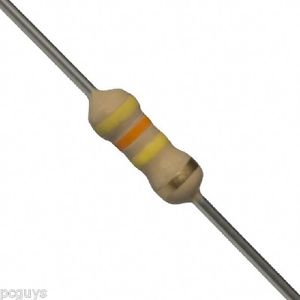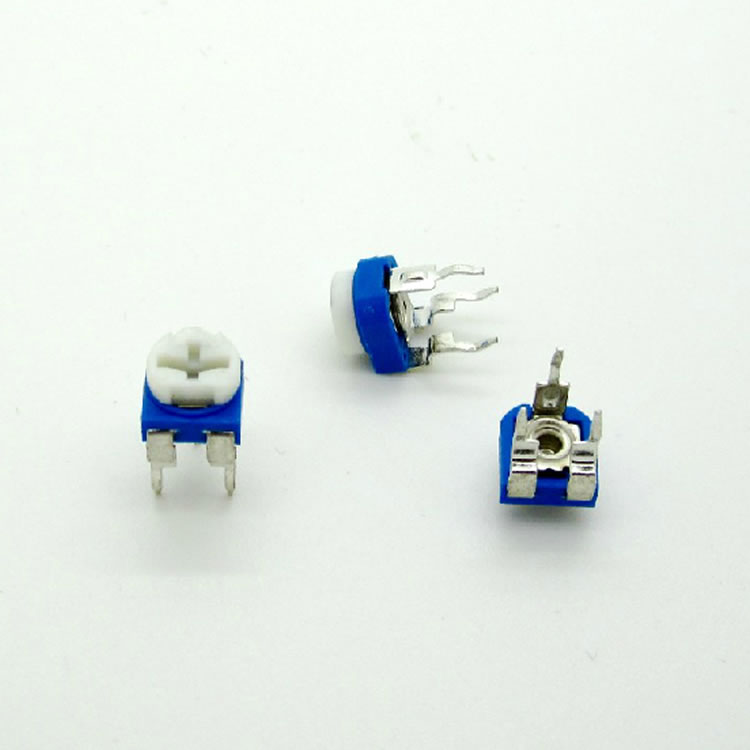- You have no items in your shopping cart
- Subtotal: ₦0.00
The 51KΩ 1/4W resistor is a precision electronic component designed to provide a fixed resistance value of 51,000 ohms. It is used in various electronic circuits for applications such as voltage dividers, signal conditioning, and current limiting. The resistor has a power rating of 1/4 watt, making it suitable for general-purpose electronics and small signal applications.
Key Features:
- Fixed resistance value of 51KΩ
- Power rating of 1/4 watt
- Axial lead configuration for ease of installation
- Standard tolerance of ±5%
- Reliable and accurate performance for electronic circuits
Technical Specifications:
- Resistance Value: 51KΩ (51,000Ω)
- Power Rating: 1/4 watt (0.25W)
- Tolerance: ±5% (standard)
- Temperature Coefficient: ±100 ppm/°C (typical)
- Lead Material: Tin-plated copper
- Body Material: Ceramic or metal oxide
Applications:
- Voltage dividers
- Signal conditioning
- Current limiting
- Biasing circuits
- General electronic applications
Usage:
- Insert the resistor into the appropriate holes or position on the PCB or breadboard.
- Solder the resistor leads to ensure a stable connection.
- Check the resistor’s placement and connections before powering the circuit.
- Test the circuit to ensure correct functionality.
Caution:
- Ensure the resistor is used within its rated power to prevent overheating.
- Verify the resistor’s value with a multimeter for accuracy before installation.
- Handle the resistor carefully to avoid physical damage.





